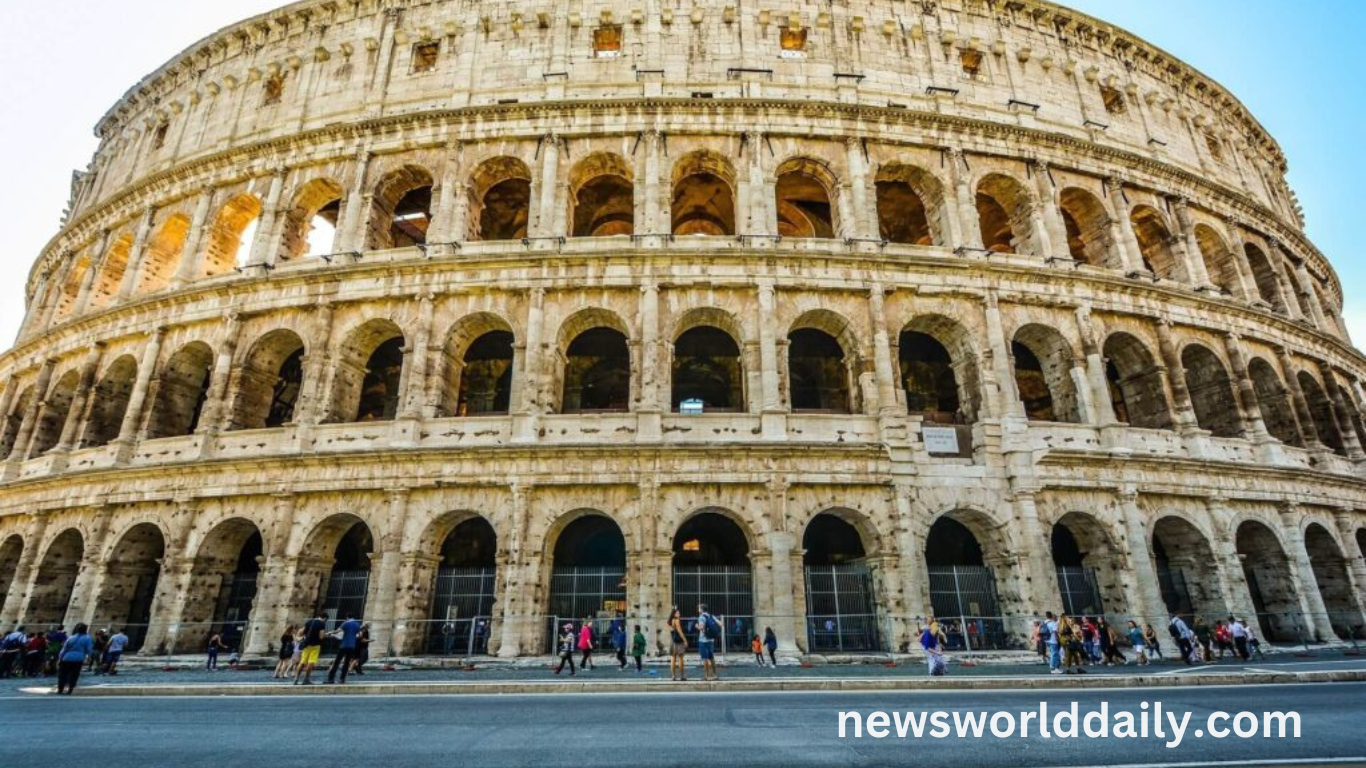The phrase “Rome wasn’t built in a day” is often used to encourage patience and persistence, but beneath the idiom lies a deeper truth rooted in history. The creation of Rome was not a single moment in time but a sprawling evolution. From scattered huts on Palatine Hill to the heart of a vast empire, Rome’s development is a tale of ambition, architecture, warfare, and resilience.
The Mythical Beginnings
Rome’s story begins with myth. According to legend, it was founded in 753 BCE by Romulus and Remus, twin brothers raised by a she-wolf. While the myth captures imagination, archaeological evidence suggests that settlements already existed in the area as early as the 10th century BCE. These early communities laid the groundwork for what would become one of history’s most influential civilizations.
The Republic Rises
By the 6th century BCE, Rome transitioned from monarchy to republic. This era witnessed the rise of complex political systems, roads, temples, aqueducts, and public forums. Construction became a symbol of progress. Every stone placed in the Roman Forum and every brick laid in the aqueducts marked another step toward an empire.
Read More : Some of the 6 Laziest Animals May Put You to Shame
Imperial Grandeur
With the establishment of the Roman Empire in 27 BCE under Augustus, Rome entered its golden age. The city expanded rapidly, both in size and in splendor. Monumental structures like the Colosseum, the Pantheon, and the Circus Maximus weren’t just marvels of engineering—they were declarations of dominance, wealth, and culture. This era stretched across centuries, with each emperor leaving behind architectural footprints.
Continuous Evolution
Rome’s growth never followed a straight line. It was shaped by conquests, disasters, reforms, and revivals. Fires, invasions, and political upheavals often damaged the city, yet it was repeatedly rebuilt and reshaped. Construction was a constant process, reflecting Rome’s ability to adapt and endure through shifting tides of time.
A City Still in the Making
Even today, Rome continues to evolve. The modern city overlays layers of history, each street and building carrying whispers of its past. Restoration projects, archaeological digs, and contemporary architecture coexist with ancient ruins, proving that the city’s story is far from finished.
Beyond the Metaphor
Understanding how long it took to build Rome isn’t about counting years. It’s about recognizing the nature of growth. It’s a reminder that greatness is not the result of a single act, but the accumulation of effort, vision, and persistence over time. Just like Rome, anything built to last takes more than a day—it takes an era.
Frequently Asked Questions
Was Rome actually founded in 753 BCE?
According to Roman mythology, yes. However, archaeological evidence suggests settlements existed in the area even earlier.
How long did it take to build ancient Rome?
Rome’s development spanned centuries—over 1,000 years of expansion, architecture, and cultural evolution shaped the ancient city.
What were the key stages of Rome’s growth?
Rome grew in phases: early settlements, the Roman Kingdom, the Republic, the Empire, and later the Byzantine influence.
Who were the major contributors to Rome’s architecture?
Leaders like Augustus, Nero, and Hadrian played major roles, along with countless unnamed architects, laborers, and engineers.
What were Rome’s most iconic structures?
The Colosseum, Pantheon, Roman Forum, and aqueducts are standout examples of Roman engineering and architectural brilliance.
Was Rome ever destroyed or rebuilt?
Yes, fires, invasions, and natural disasters damaged the city many times, but Rome was repeatedly rebuilt and reimagined.
Did the Romans plan their city or did it grow organically?
Both—some parts were meticulously planned, while others expanded organically as the population and needs grew.
How is modern Rome connected to ancient Rome?
Modern Rome is built atop ancient ruins, and many ancient roads, buildings, and structures remain part of the cityscape.
Conclusion
Rome’s journey from a collection of hilltop huts to a monumental empire is not measured in days or decades—it is measured in persistence, evolution, and ambition. Its story is one of continuous growth, adaptation, and legacy. The next time you hear “Rome wasn’t built in a day,” remember it wasn’t built in a century either—it was forged over lifetimes.









